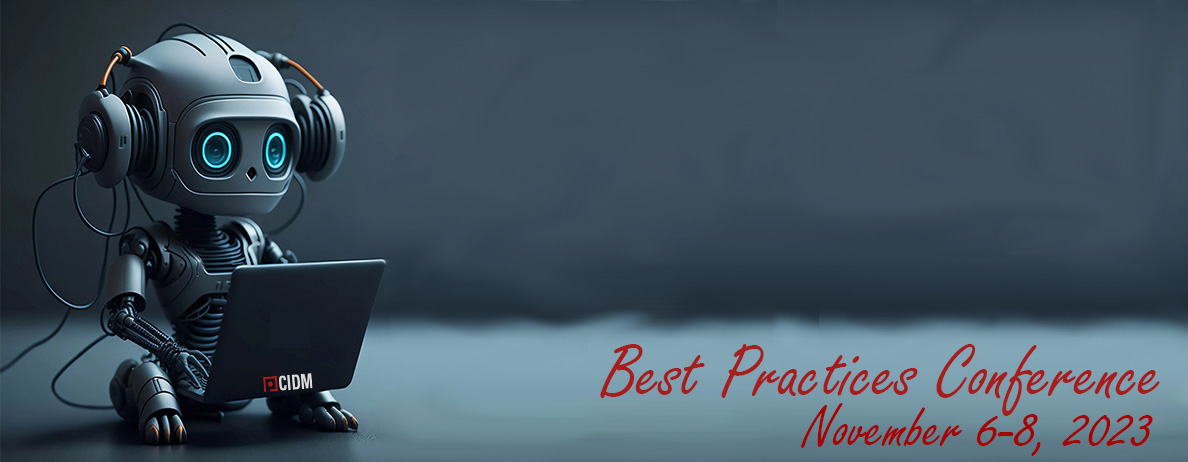Scrum: What is it good for?
Presentation Abstract
My thesis is simple: scrum is good for some things. Some information deliverables fit well into scrum, and some don’t. Use it for what it’s good for: small information deliverables that are closely tied to iterative feature development. For documentation that addresses broader scenarios, or customer workflows that span multiple sprints or multiple scrum teams, don’t try to model all that work in scrum. Instead, create a sprintable artifact that will mutually benefit the information developer and the scrum team. At Splunk, we call these “Agile checklists.” When you have a more long-range information deliverable, use scrum for the short-term artifact and use more traditional project management for the final customer-facing content.
What can attendees expect to learn?
Most of us work in environments that are using some version of the scrum process, or that are in the midst of a transition from waterfall to agile. So we need to make an intelligent consideration of how information development for customer-facing documentation fits into the scrum process. It is not a one-size-fits-all model. Every company does scrum differently. Flexibility is part of Agile. This presentation will help your information development team use that flexibility to turn scrum to its advantage.
Meet the Presenter
 Christopher Gales, Ph.D., is the Senior Director of Documentation for Splunk. He has over 20 years of experience growing and managing globally distributed information-development teams that produce content for end-user, enterprise, and developer audiences. Actively engaged with CIDM since 1999, he has delivered CIDM Best Practices presentations on strategic planning, metrics, and community engagement. He has also been a member of the Rare Bird Award judging panel since 2004 and serves on the CIDM Advisory Council.
Christopher Gales, Ph.D., is the Senior Director of Documentation for Splunk. He has over 20 years of experience growing and managing globally distributed information-development teams that produce content for end-user, enterprise, and developer audiences. Actively engaged with CIDM since 1999, he has delivered CIDM Best Practices presentations on strategic planning, metrics, and community engagement. He has also been a member of the Rare Bird Award judging panel since 2004 and serves on the CIDM Advisory Council.
⇐Return to Agenda
